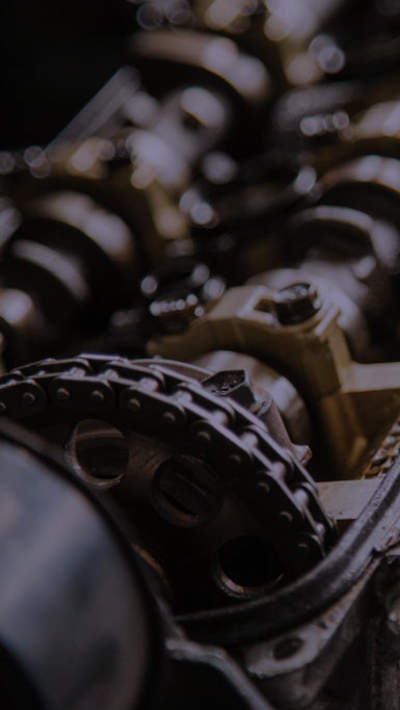Speak to our experts
Contents
This decision will have significant implications for the requirements of support and sufficiency on both sides of the Tasman. However, the effect will be more dramatic in Australia as the Intellectual Property Office of New Zealand (IPONZ) has already adopted Regeneron in a number of decisions.[3]
In Australia, by contrast, there has been pushback against the Regeneron approach.
Sufficiency and support
Sufficiency and support are two core requirements for the validity of patents in Australia and New Zealand.
- “Sufficiency” refers to the requirement that the complete specification must disclose the claimed invention in a manner that is clear and complete enough that the invention might be performed by a person skilled in the art.[4]
- “Support” refers to the requirement that the claims must be supported by the matter disclosed in the complete specification.[5]
The requirements of sufficiency and support can often (but not always) “be the same since they are describing the same relationship although viewed from the differing perspectives of the claims and the specification”.[6] In many cases, they are “two sides of the same coin”.[7]
These requirements are not only relevant to validity, but also respectively control whether the patent or patent application is entitled to priority over earlier applications.[8]
“Relevant range” and “essence or core”
The patent at issue in Jusand concerned a safety system for use in a bore for mining that included an anchor member located next to the drilling surface and, above it, an impact reduction member designed to be struck directly by the broken drill rod section.
Sufficiency
In dispute was whether the complete specification disclosed how to perform the invention across the whole scope of the claim given that:
- the claim covered these features as made out of a range of suitable materials, such as steel, plastics and fibre-reinforced polymer materials;[9] but
- the complete specification only disclosed making these members out of steel and did not provide any guidance on the selection of materials other than steel.[10]
Drawing from the Regeneron decision, the test the Federal Court applied in determining this question was whether the range of materials that the anchor member and impact reduction member could be made of was a “relevant range” by reference to the “essence or core” of the invention.[11]
The patentee argued that the range was irrelevant because the essence or core of the invention was the interaction between the anchor member and the tapered impact reduction member. However, the Court found that this interaction was the invention’s innovative step but that the technical contribution was taking that idea and applying it using steel.[12]
It further found that the material the system was made of was a “relevant range” as, when using materials apart from steel (e.g., plastic as in Rattlejack’s Safety Spear), the skilled addressee would need to apply inventive skill and would be under an undue burden to implement the claimed system.
It followed, therefore, that the patent was invalid because it failed to meet the sufficiency requirement.
Support
For the same reasons, the patent also failed to meet the support requirement as the “monopoly defined by the claims exceeded the technical contribution made to the art”.[13]
The Court reasoned that the inventive idea was the interaction in converting downward weight force into lateral braking force but said that, given the narrow disclosure on the material that could be used, the patentee was not entitled to patent the idea or a principle of general application - only the specific way of constructing that system out of steel that could withstand the forces involved.
In conclusion, the Court accepted that “the range of materials from which the Safety System may be made is part of its essence or core”.[14]
Practical implications of Jusand
Jusand marks a significant change for Australian patent law where many patents continue to be drafted with the view that sufficiency and support only require one embodiment to be disclosed in the complete specification.
It is also of interest in the judicial context as it highlights the regard by the Australian Federal Court for UK authority under the “Raising the Bar” regime and brings key aspects of Australian patent law into closer alignment with the UK (and Europe).
In New Zealand, the effect is more to confirm the status quo and to reinforce the need to provide a detailed and enabling disclosure to support sufficiency and support claims when drafting and prosecuting patent applications.
Failure to do so can lead to costly complications and the invalidation of valuable intellectual property rights.
[1] Jusand Nominees Pty Ltd v Rattlejack Innovations Pty Ltd [2023] FCAFC
[2] Regeneron Pharmaceuticals Inc v Kymab Ltd [2020] UKSC 27
[3] See Re Ardelyx, Inc [2023] NZIPOPAT 17; Re Gilead Sciences, Inc [2023] NZIPOPAT 16; Re Neurim Pharmaceuticals Ltd [2022] NZIPOPAT 6. But note Re DSM IP Assets BV [2023] NZIPOPAT 11 which at [106] cited the Court of Appeal’s decision in Regeneron to say that only one way of making the invention needs to be disclosed
[4] Patents Act 1990 (Cth), s 40(2)(a); Patents Act 2013 (NZ), s 39(1)(a)
[5] Patents Act 1990 (Cth), s 40(3); Patents Act 2013 (NZ), s 39(2)(c)
[6] At [0155]
[7] At [222]
[8] In Australia, priority is judged by external sufficiency: Patents Act 1990 (Cth), s 43(2A)(b) as confirmed in TCT Group Pty Ltd v Polaris IP Pty Ltd [2022] FCA 1493. In New Zealand, priority is judged by external support: Patents Act 2013 (NZ), s 58(b)
[9] At [210]
[10] At [208]-[209]
[11] At [189]-[191]
[12] At [215].
[13] At [222]
[14] At [217]













